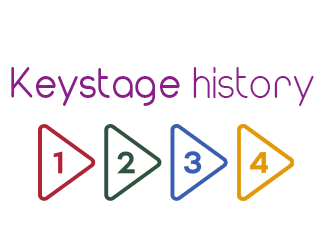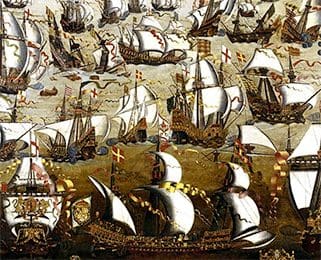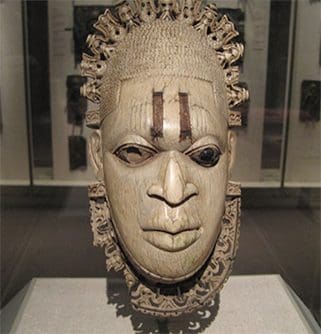
Mary Beard has sparked controversy yet again , this time about the way history is portrayed on TV. Too many actors swanning around in sheets. Too much focus on the sumptuous visuals and too little on the historical arguments. Too many slick CGI reconstructions which take away the need for the viewer to exercise their imaginations.
An article in the Guardian today takes up the last point.
The bronze age site of Knossos in Crete, for example was heavily restored in the 1920s by architect Piet de Jong, working with its excavator (and Manchester Guardian correspondent) Sir Arthur Evans. These remains, in their current form, have even been called the best art deco in Greece, and the reinforced concrete reconstructions are historical artefacts in their own right. Nevertheless, many visitors find them more impressive and inspiring than the low rubble walls of other Minoan sites on the island. (An undeniable problem is that it can be hard for visitors to distinguish the parts of the building dating from the second millennium BC from those dating from a century ago.) These days, a trip to an ancient archaeological site – such as Akrotiri on the island of Santorini, or to the emperor Nero’s Domus Aurea in Rome – can be enhanced by seeing computer-generated imagery of decoration, rooms and buildings that exist, for the uninitiated, only as rather confusing masonry traces.
But coming back to those definitive new theories , based on exciting new discoveries, and usually involving drones 3-D reconstructions , surely Mary Beard has a point: history on TV ought to spark intellectual curiosity, excitement and scepticism, not just serve up certainty on a plate.







